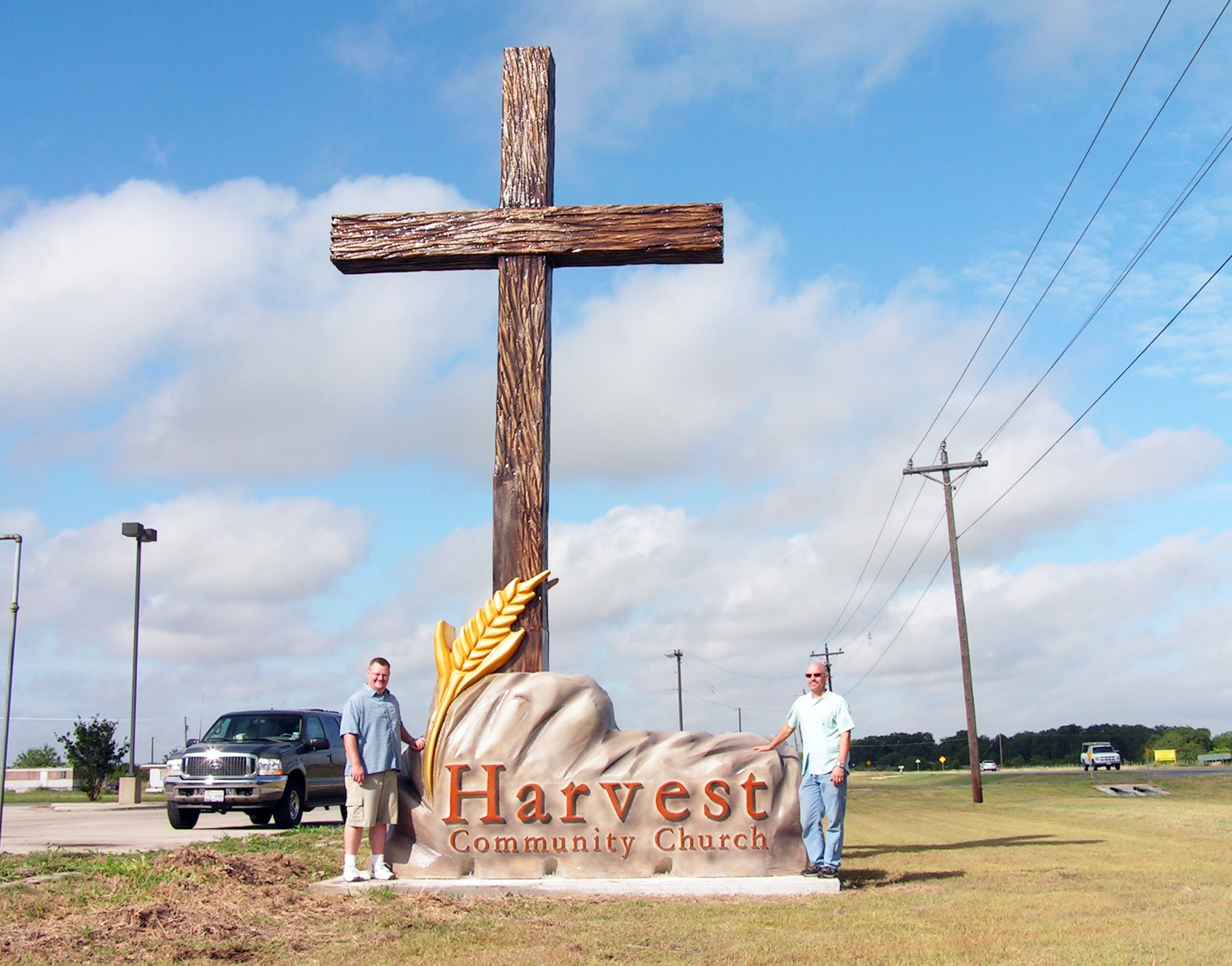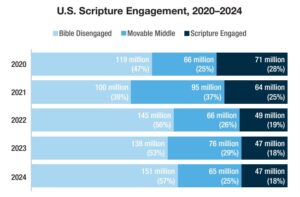
EDITOR’S NOTE: The following story is part of a monthly Baptist Press series to explore and describe how individuals, churches, associations and conventions exhibit a passion for Christ and His Kingdom.
NEW BRAUNFELS, Texas (BP)–A passion for planting has been sparked in the Bluebonnet Baptist Association; its churches have started 23 new congregations in the past eight years.
It took J.K. Minton, the Texas association’s director of missions, two years to convince existing churches to plant new ones.
Newer churches were seen as competition. And skepticism had to be overcome regarding demographics showing 70 percent of the area’s population as unchurched.
Bluebonnet, based in New Braunfels, now has an attitude among its churches that allows the association’s church planting efforts to succeed beyond the national average, Minton said.
Serving the eight counties along the Interstate 35 corridor between Austin and San Antonio, 18 of the 23 church plants in recent years still meet and 13 are self-supporting. The national survival rate of church plants is about 50 percent.
“Our new churches are baptizing people at a much higher rate than the national average,” Robby Partain, Bluebonnet’s associate director of missions, said, noting that the rate among all Southern Baptist churches was 2.5 baptisms per 100 resident members in 2006 as compared to 12 per 100 attendees in Bluebonnet church plants.
Ranging in age from 18 months to eight years, the association’s new churches baptized 328 people last year — more than half the baptisms among all 70 Bluebonnet churches.
“Our process works,” Minton said. “A major reason is the level of buy-in we have from all our churches.”
Previously, the primary goal seemed to be to fill current churches that had been half-full for years.
“I managed to convince those leaders that if we didn’t start new churches, then we would fail regarding the Great Commission in Acts 1:8 as people in our area would become increasingly lost,” Minton said.
PARSING THE PROCESS
“The Bluebonnet Association’s church planting process is one of the most effective I know of anywhere,” said Terry Coy, missions director for the Southern Baptists of Texas Convention. “And that is for several reasons. Church planting is the passion of Drs. Minton and Partain, and of the pastors and churches partnering with them.”
Also, the process is well organized and implemented, fostering consistency, accountability and quality control.
“It’s not a cookie cutter approach in that it allows for contextualization and thereby works well for a variety of models and styles of church planting,” Coy said. “And it includes numerous pastors and churches in the process, which keeps it from becoming ingrown and encourages its acceptance.”
Both Minton and Partain said established Bluebonnet congregations, such as 150-year-old Martindale Baptist, not only support church planting philosophically and theologically, but financially as well. Of the quarter-million church planting dollars the association receives, 54 percent comes from its own sources, including new church plants.
Built into every Bluebonnet-funded church plant budget is a non-negotiable requirement that 10 percent of undesignated receipts support missions. Fashioned after the “Jerusalem, Judea, Samaria and the uttermost parts of the world” mandate of Acts 1:8, the 10 percent is divided among local church planting, the association, the state convention and the Southern Baptist Convention.
With a rigorous qualifying process for planters, the association maintains a balance between support and accountability through teams of churches overseeing the planter and the plant.
“We broke the old ‘mother-daughter’ church paradigm,” Minton said, noting it fostered too much external control and could stifle or kill the new church.
Accordingly, Minton developed church plant oversight teams consisting of leaders from three other Bluebonnet churches, which dilutes the potential for imposing any particular ministry model. Planters in the association, though, must follow doctrinal, financial and personal accountability parameters as monitored by the oversight team, Minton said.
“Our church plant pastors make the decisions, and they’re accountable for them,” Partain said. “We have no methodological biases. We want our planters to figure out where or what people group God has called them to, and to find the most effective methods to reach that place and its people.”
Minton said the association doesn’t want the planters to have a meltdown either. The first four letters of meltdown, he said, could be considered an acronym for moral, ethical, legal and theological. A team of churches standing with the plant pastor significantly lowers the meltdown odds, he said.
A portion of Minton’s role in the process is to protect new churches from negative influences, both external and internal. He recently was introduced at a church plant meeting as “The Enforcer” because of his forthright willingness to ask overly controlling members to leave the new church.
Seeking to preempt such influences, Bluebonnet strongly discourages established churches from seeding new churches with their members. The policy is attractive to planters and has “increased the buy-in factor of established churches by lowering their fear that new churches would siphon off some of their members,” Partain said.
Minton makes sure that seasoned saints who attend the plants fully support the planters. Those who don’t can go elsewhere, he said. One such couple repented and has thrown their support wholly into the new church and its pastor. Minton rejects the notion that such action takes courage.
“No, it doesn’t, because failure to do so hampers the plant’s ministry,” he said, estimating that one-third of new churches require this kind of attention.
WHAT OTHERS ARE SAYING
Other associations in Texas have good church planting processes, with some employing Bluebonnet’s model, Coy of the SBTC said.
“However, the BBA is by far the best for its context, demographic makeup and associational needs,” Coy said. “Its principles of having a consistent process for evaluating and deploying planters, a team approach to that process, and ongoing accountability and a high degree of positive oversight means that planters should want to plant in the Bluebonnet Association.”
Mitch Kolenovsky, pastor for 15 years of the 100-member Forest Hills Baptist Church southeast of Seguin, said the church is located in a sparsely populated area.
“While we focus on reaching the families in our area, we realize the potential for exponential growth is low,” Kolenovsky said.
Bluebonnet’s process of church planting aided Forest Hills to “see a new potential for carrying out the Great Commission. In the past four years our church has been able to participate in four new church plants — three here in our associational area and one in northeastern Brazil,” Kolenovsky said.
“We have a renewed vision of missions that permeates our church,” he said, noting that Forest Hills’ efforts in church plant partnering have brought hundreds into new churches. “They may not be in our building, but they’re in the Kingdom, and that’s most important to our people.”
Partain, who wants to continue in the legacy begun by Minton, who will retire in 2009, said the association needs more church planters.
“We have the resources to plant churches and plenty of places to plant them, but we need more God-called planters to help us reach this region with the Gospel,” he said.
–30–
Norm Miller is a correspondent for the Southern Baptist TEXAN at texanonline.net. For more information about Bluebonnet church planting, visit bluebonnetbaptist.org.















